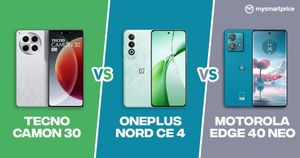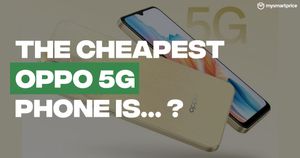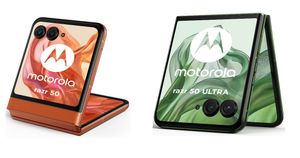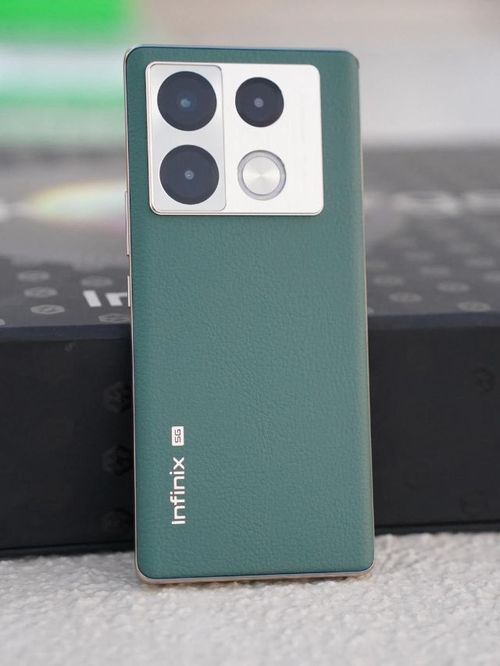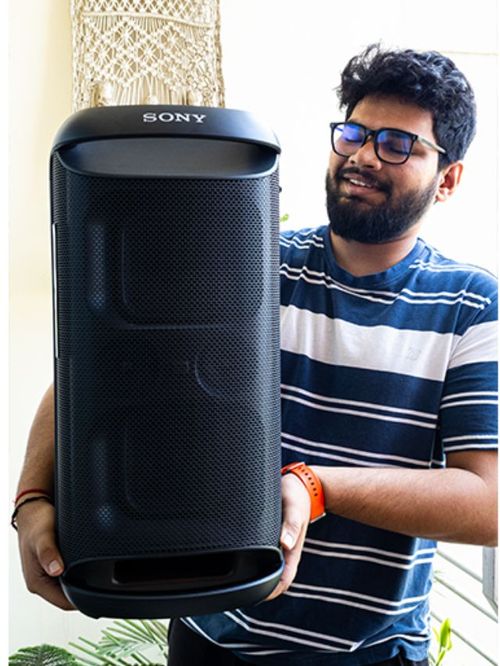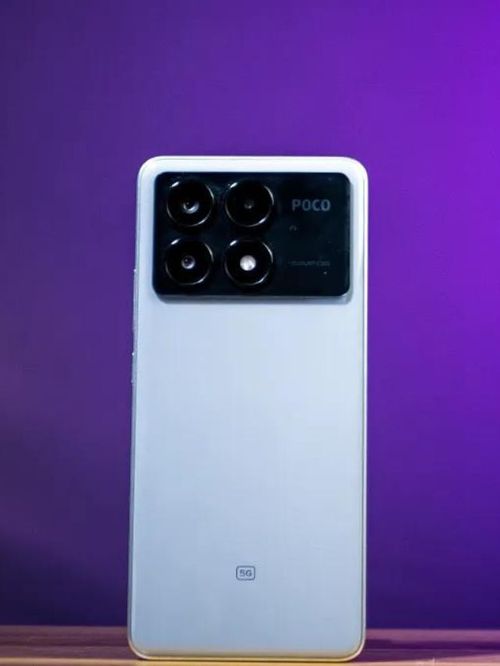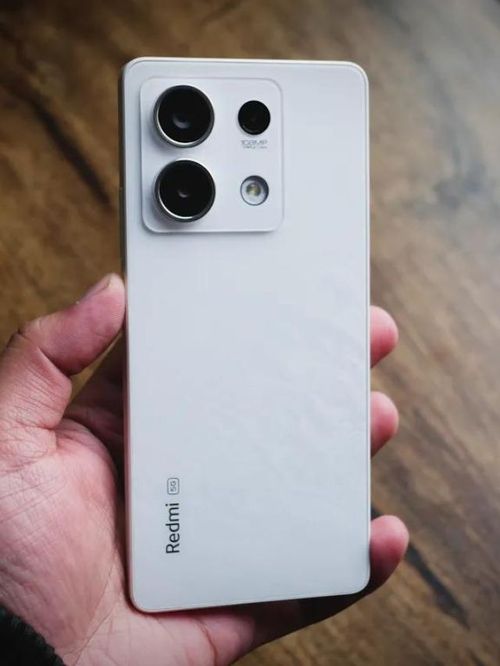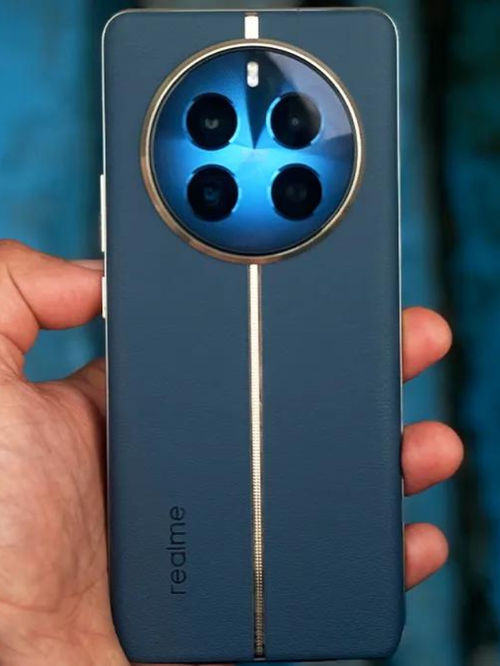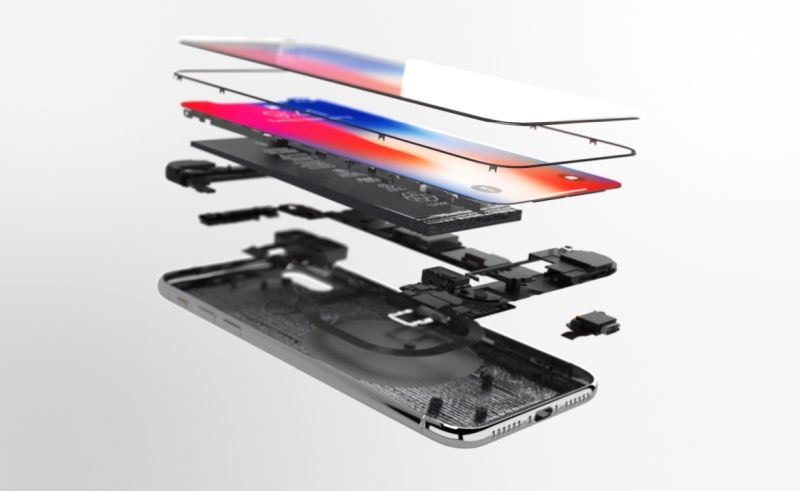
A screen panel (also referred to as display) is undoubtedly one of the most crucial aspects of a smartphone. It not only lets you consume media but also serves as a primary means of interaction. Of course, it is important to choose a quality screen. However, with brands bombarding you with marketing mumbo-jumbo such as the Super AMOLED, Infinity AMOLED, P-OLED, G-OLED, Super LCD, and Liquid Retina, it becomes tricky to figure out what makes up for a better screen. Worry not, though, as we are here help you get past those marketing terms and get a clear picture.
Contrary to what brands would like you to believe, there are only two primary types of smartphone screens in the market these days: LCD and OLED. Let’s get to know these technologies better.
LCD (Liquid Crystal Display)
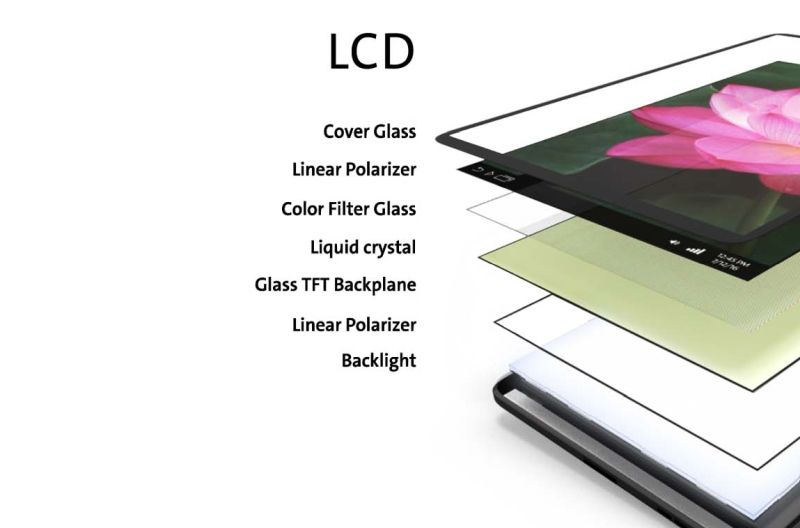
LCD screens are transmissive in nature. In simple words, these panels can’t emit their own light. So, the display setup requires a separate light source. The idea is to use liquid crystal molecules to twist and bend the light to produce an image. Since the process involves modulating the light instead of producing it, you simply can’t achieve pure colors. The use of LED backlight leaves you with washed out colors.
If you care for deep blacks, LCD is just not the right technology for you. LCD panels fail to faithfully reproduce dark areas on the screen due to the light escaping through every cluster of the liquid crystals.
Owing to the limited number of LEDs, the LCD screens suffer from an uneven backlight. In most LCD panels, you can see bright spots. If the chassis is not built properly, light bleeding also creeps into these displays. Since liquid crystals take some time to alter its state, LCD screens also suffer from low refresh rate, causing motion blur. It is quite noticeable during action sequences when the camera moves quickly.
Despite so many stumbling blocks, how on earth does LCD remain the most popular display type in the world? Well, LCD has a single major advantage: affordability. LCDs are much cheaper to manufacture. Many companies have optimized their factories to fabricate LCD screens. Moving to an alternative technology will require these companies to retool or completely scrap their existing machinery and find new partners for raw materials, which requires billions of dollars. No wonder then, these brands want to hold onto the LCD technology.
OLED (Organic Light Emitting Diode)
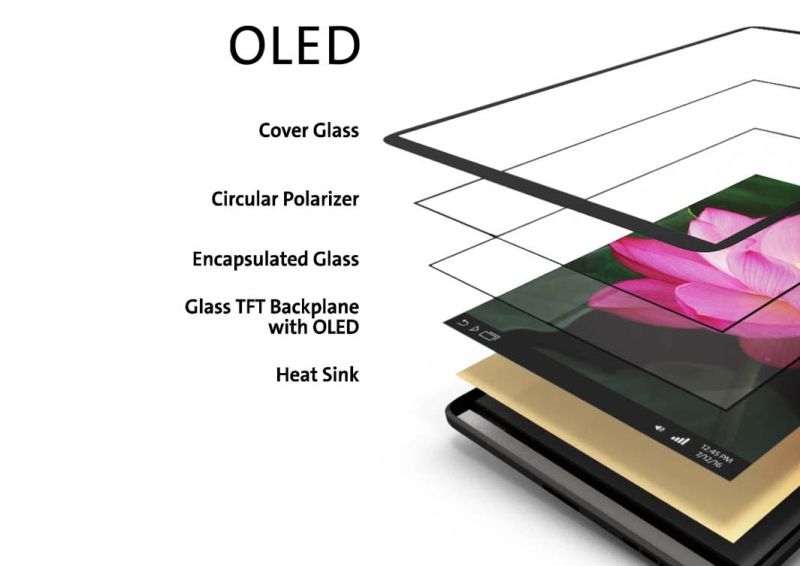
Unlike LCDs, OLED panels are emissive in nature. Each individual pixel can not only change colors but also create its own light. The organic compounds in these screens illuminate when you pass electricity through it. This eliminates the need for a separate backlight. In turn, when they need to display blacks, they can turn off completely, offering purest blacks that are possible. Since the OLED panels produce their own light, these screens offer pure and vibrant colors. The process does not involve twisting or blocking the light through liquid crystals to form the images. As a result, you don’t get any impurities or faded colors on the screen.
Pixel response time is another area where the OLED screens trump the LCDs panels. Action scenes with high-speed camera panning look much better on an OLED screen compared to an LCD display.
The OLED technology beats LCDs on many technical fronts. Except for the peak brightness levels, where the LCD panels have an edge due to the LED backlights. Samsung’s QLED (a form of LCD technology) TVs can reach as high as 2000 nits in some HDR video sequences compared to OLED’s 1200 nits (in Samsung Galaxy S10). Earlier OLED screens used to have burn-in effect issue, which is quite rare now as the OLED technology has matured enough to reduce the burn-in effect.
Currently, the biggest problem with OLED technology is its expensive price tag. You may have read multiple OLED vs. LCD articles that rate these displays based on several features. In the end, the comparison ends with a conclusion (or the lack of it), stating that, “both these panel types have pros and cons, so it is up to you to decide.” But the difference between these two technologies is like a day and night.

For a screen, the most important aspect is its picture quality. Other aspects are simply not that crucial. So, assigning a similar score to all these factors is as ridiculous as saying that the Ferrari 488 Pista Spider gets one point for its V8 powertrain. But that’s offset by the Maruti Alto’s AC, which is missing in Ferrari. If you are in for a definitive answer, always choose the OLED panel over LCD if you have a choice. However, those on a budget, have no option but to put up with the LCD panels.
Popular LCD Terminology
TN (Twisted Nematic)
Twisted Nematic is the most affordable type of LCD screens. It has an LED light source, a vertical polarizer, another horizontal polarizer, and finally a bunch of color filters. In the ‘off’ state, the vertical polarizer blocks the horizontal light and the horizontal polarizer stops the vertical light. As a result, backlight doesn’t reach the color filter. But, as the current is applied to panel, the liquid crystals form a bridge between the vertical and horizontal polarizers by twisting slightly to cover the 90-degree difference. As light leaves the horizontal polarizer, it follows the twisted liquid crystal molecules before entering the vertical polarizer to form the image.
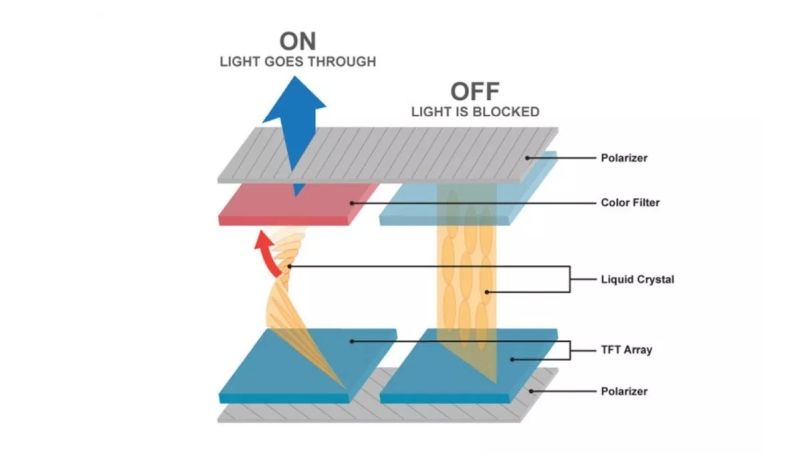
The advantages of the TN panel include power efficiency and faster response time than any other LCD screen type. These panels are also quite bright but suffer from narrow viewing angles. The color reproduction is also worst in the business. Many gamers choose TN panels due to their faster refresh rates. In online gaming, staying alive surely matters more than better visuals.
VA (Vertically Aligned)
Vertically Aligned LCD panels work on similar principal that of the TN panel. It is only the arrangement of the liquid crystal that differs. In the ‘off’ state, the liquid crystals in these panels line up in an upright position. When the voltage is applied, these liquid crystal molecules switch to the horizontal position to facilitate the light to pass through.
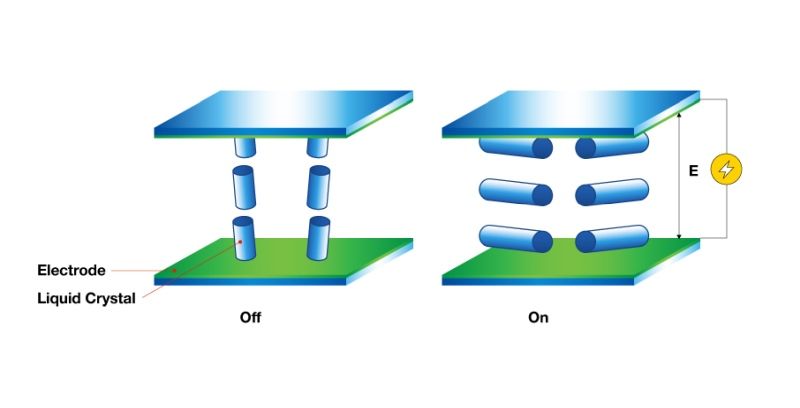
These panels address some of the drawbacks of TN panels. For starters, they have better color reproduction. The viewing angles are a lot wider too. Thanks to its ability to block the backlight better, the VA LCD displays offer higher contrast levels. On the other hand, the VA panels can’t beat the TN panels in terms of response time, power efficiency, and pricing.
IPS (In-Plane Switching)
The IPS (In-Plane Switching) technology was developed in response to many of the drawbacks associated with LCD panels. In this screen type, the liquid crystal molecules are aligned horizontally. When you introduce an electric charge to the IPS display, crystal molecules rotate horizontally in the same plane. Hence, the name In-Plane Switching.
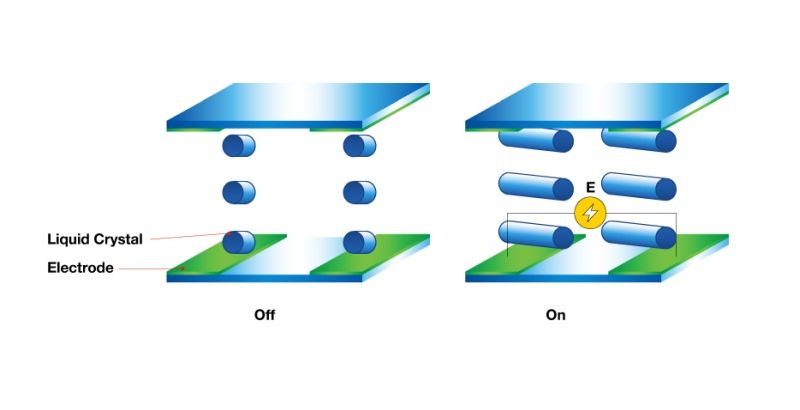
Since there’s no vertical movement in the IPS panel, you get wide viewing angles. It produces colors with better saturation compared to any other type of LCDs. These panels also offer far better contrast than the TN LCD screens. This makes the IPS panels popular among photographers and graphic designers. However, IPS has its own share of issues. These panels are quite dim compared to TN or VA panels. Compared to TN type, the IPS panels also have slower response times.
Popular OLED Terminology
AMOLED
Active Matrix OLED screens feature a full array TFT (Thin Film Transistors) circuitry. These TFTs work as switches to control the current flowing to each and every pixel. These TFTs form a matrix, which explains the name AMOLED. Of course, these come with all the inherent goodness of OLED technology.
AMOLED panels are found on the majority of premium phones including the iPhone XS, Galaxy S10, and Huawei Mate 30 Pro. Thanks to the embedded circuitry, AMOLED screens are more power efficient compared to other OLED types. Active Matrix OLED panels also have faster refresh rates than the rest.
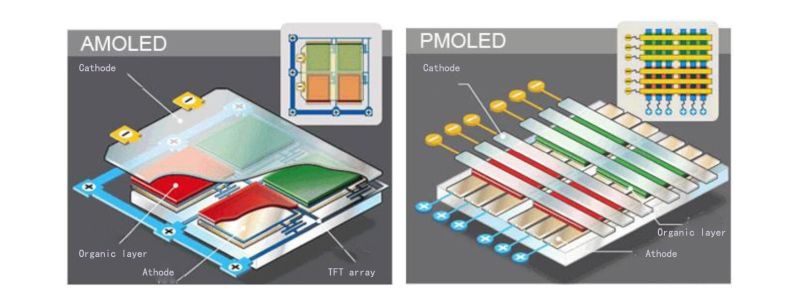
PMOLED (Passive Matrix OLED)
Not to be confused with POLED, the Passive Matrix OLED technology features electric strips wrapped around the organic material. Lines of Cathode and Anodes run perpendicular to each other. The points at which these lines intersect control the individual pixels. However, unlike the AMOLED tech, the PMOLED panels rely on external circuitry to man the flow of current to each pixel.
While PMOLED panels look as good as AMOLED screens, they lack in the performance department. These displays can’t match the response time of the AMOLED screens. Due to the requirement of external circuitry, the PMOLED screens also consume more power compared to the AMOLED displays. They do have an edge over the AMOLED panels in pricing though. The PMOLED screens are cheaper to fabricate. However, recently, most smartphone manufacturers have moved to AMOLED screens. The PMOLED displays are hard to come by.
P-OLED (Plastic OLED)
These OLED screens ditch the glass substrate at the base of the display for plastic. Hence, the name Plastic OLED. They are made by LG and found mostly in the company’s phones such as the recently launched LG G8 and the LG V50.
Earlier, it was a no-brainer for the manufacturers to use the glass due to the way it interacts with light. However, to experiment with different form factors brands began experimenting with the plastic substrate. These plastic materials also add flexibility to the assembly. Moreover, as we all know, plastic is less susceptible to damage compared to the glass, which can shatter after drops.
This sums up the most important things you need to understand about the smartphone displays. Soon, we will return to this topic to shed some light on bells and whistles such as Dolby Vision, Super Retina, and Infinity Display.
Image credits: ksgvo.com, corning.com, pidsamsungdisplay.com, jessepitela.com
